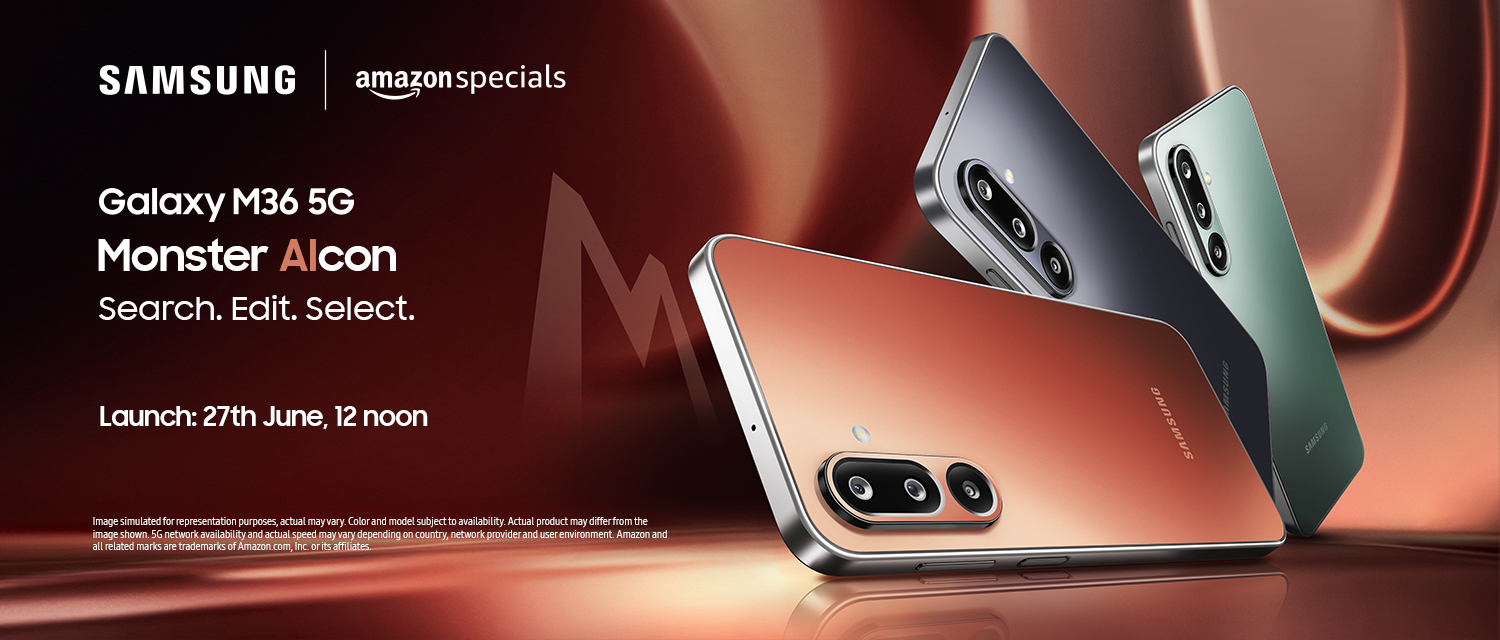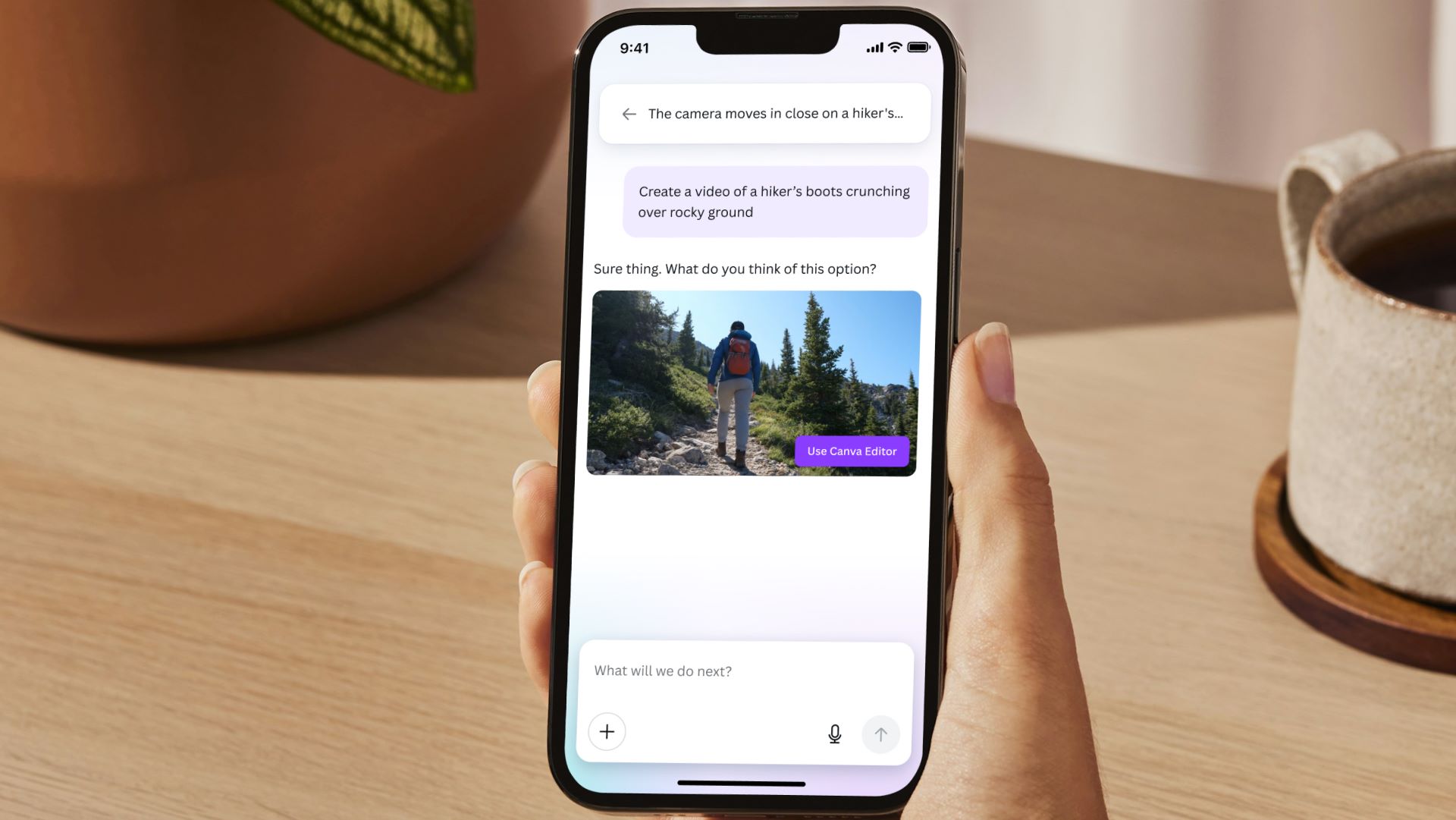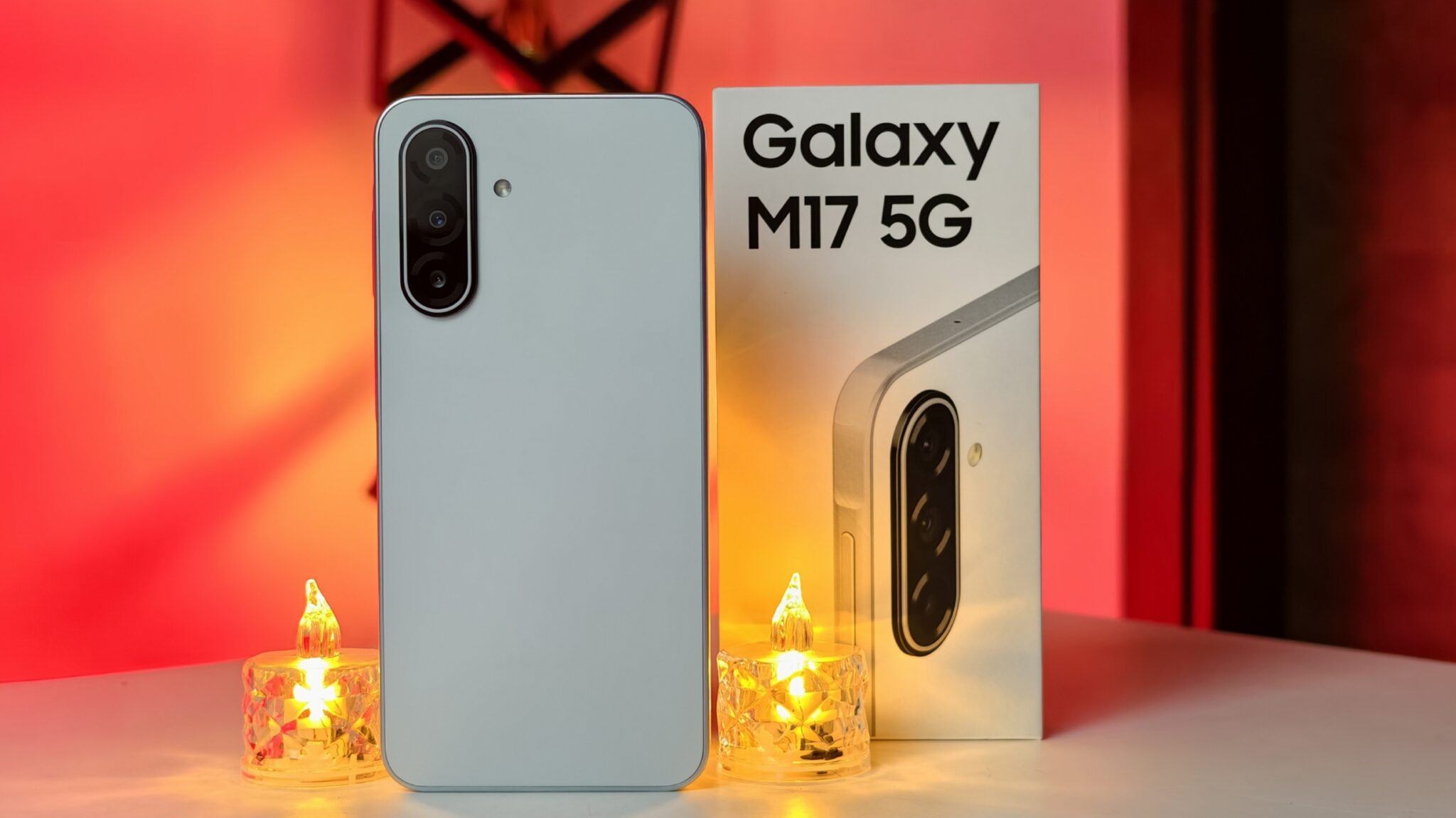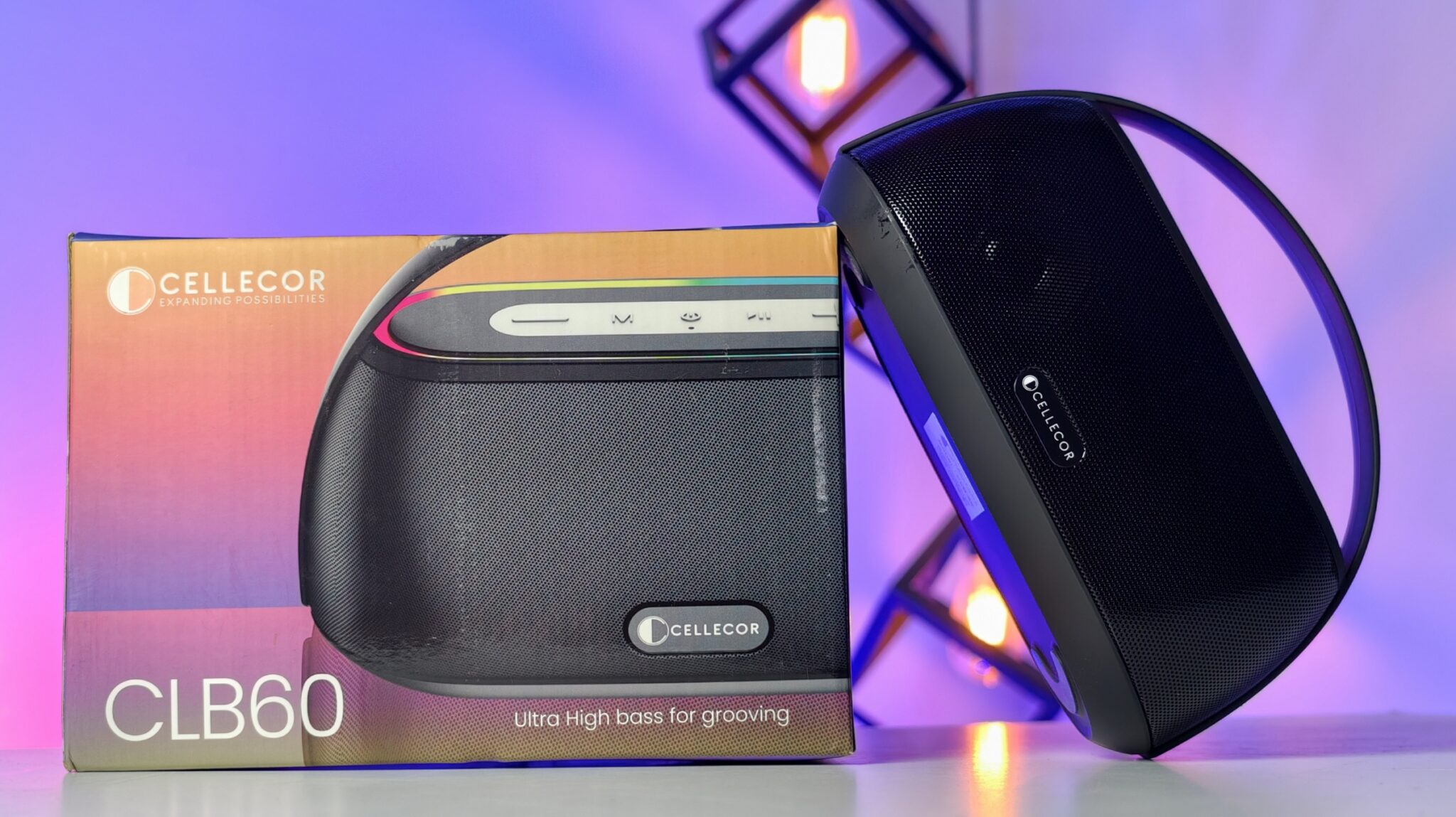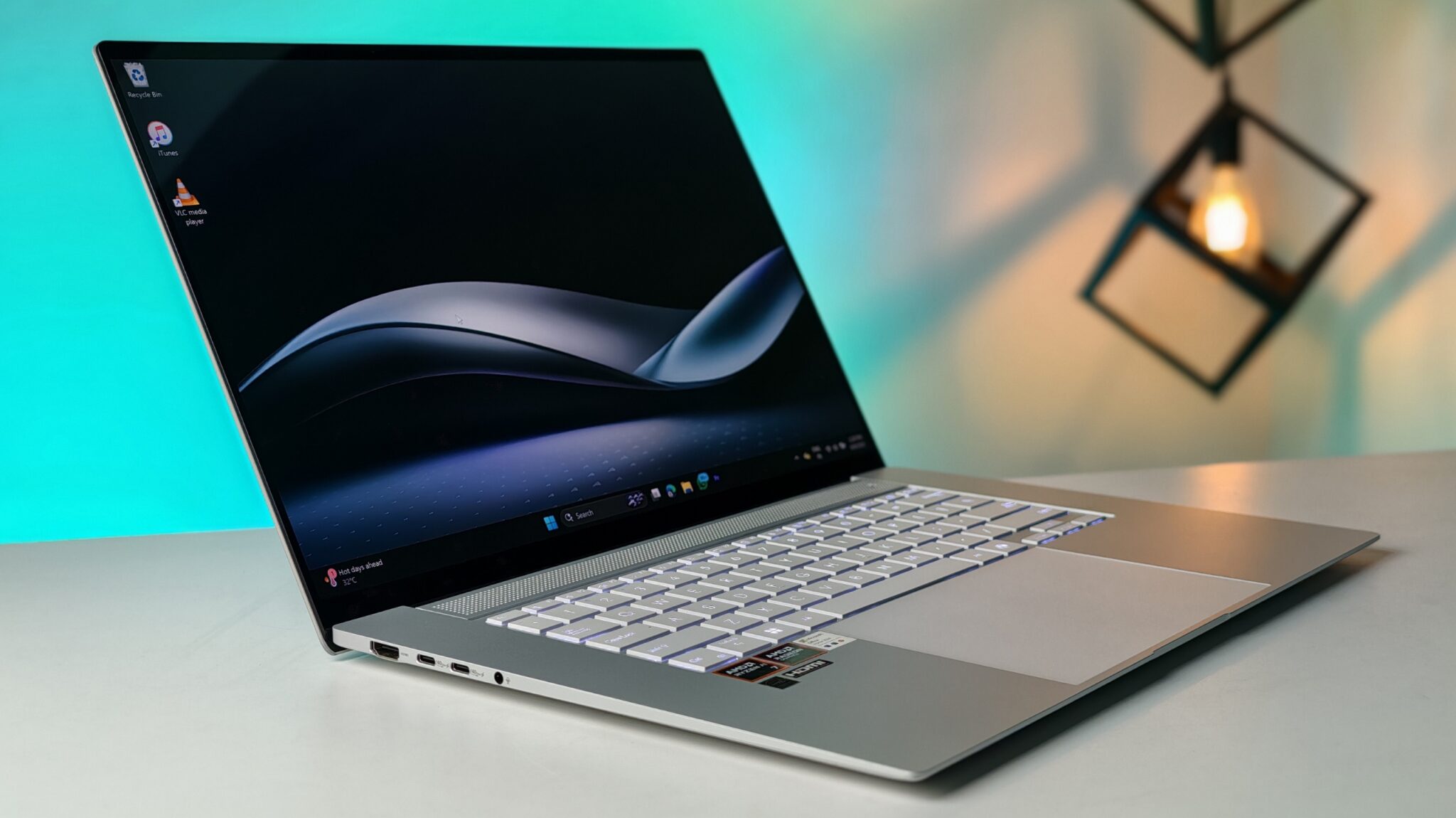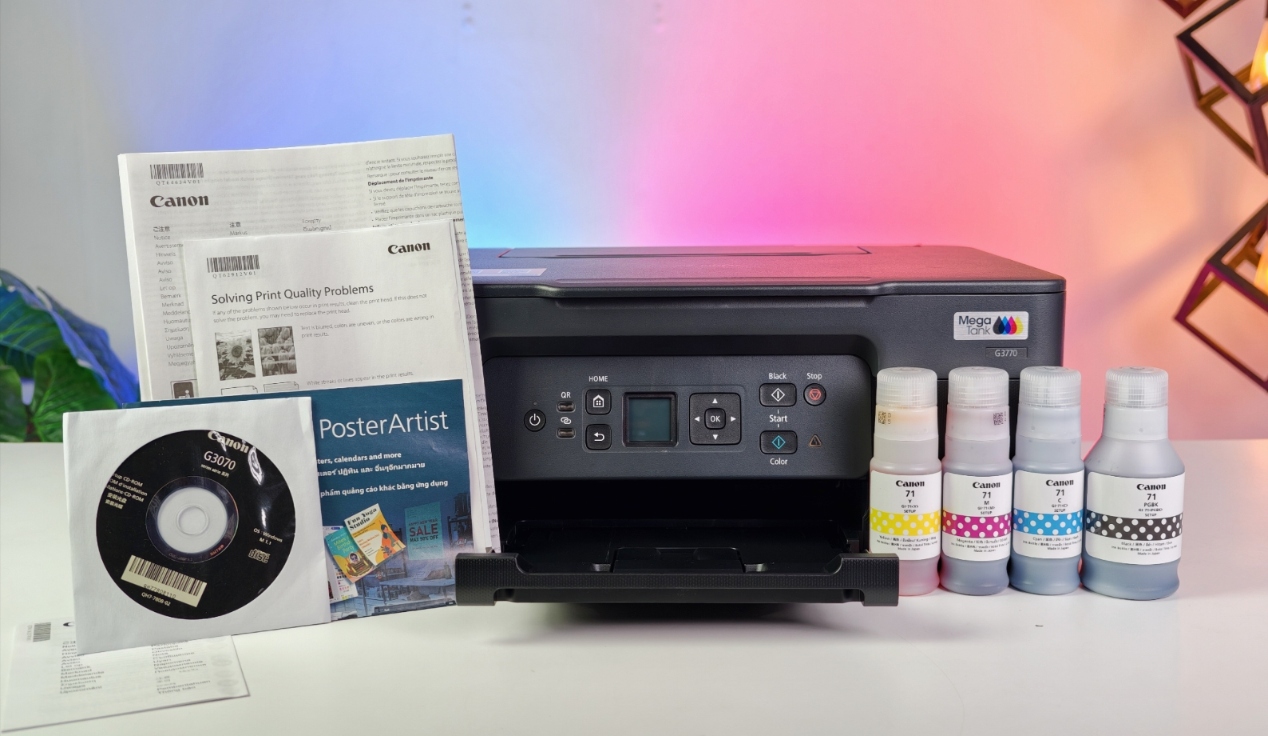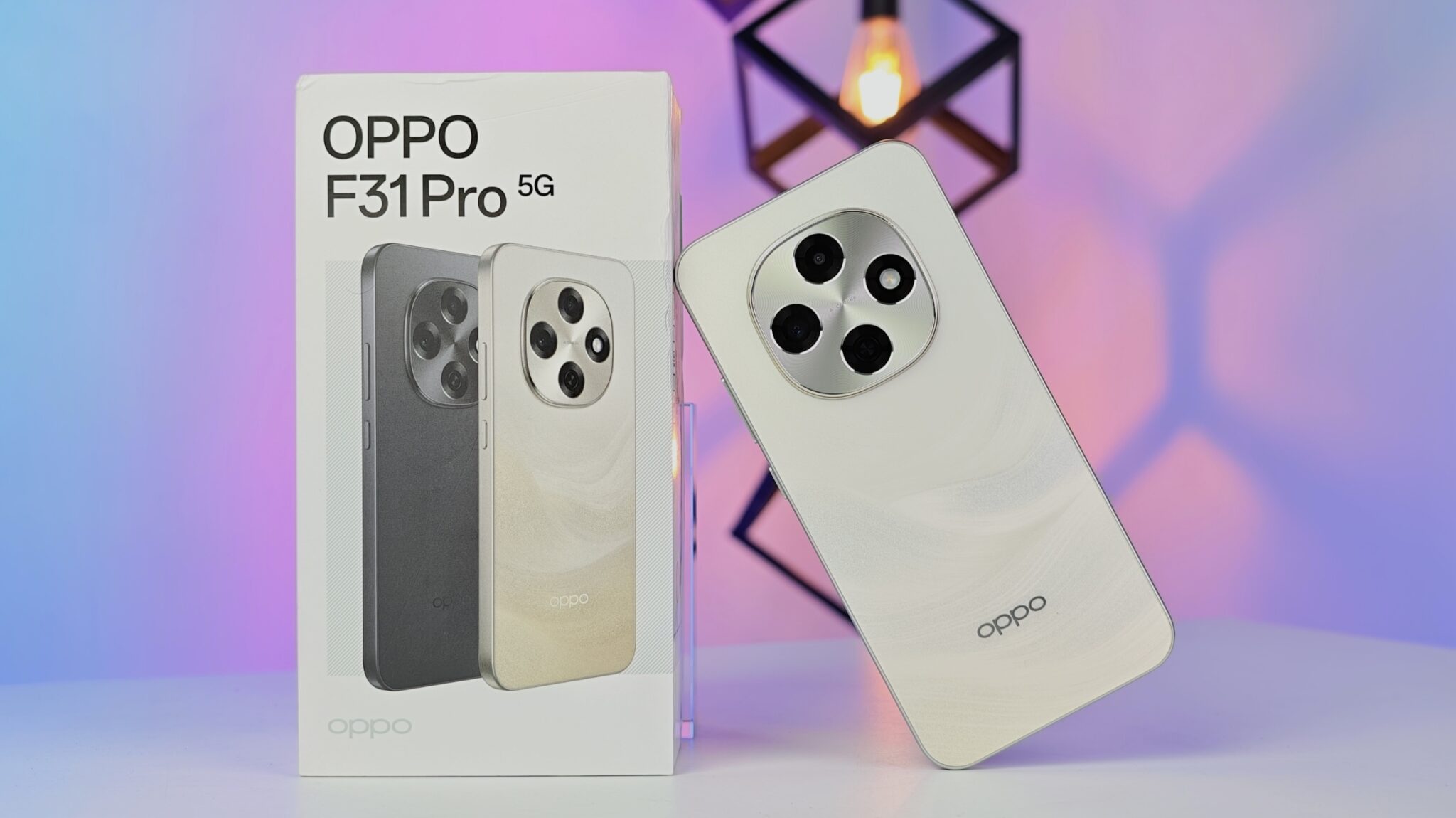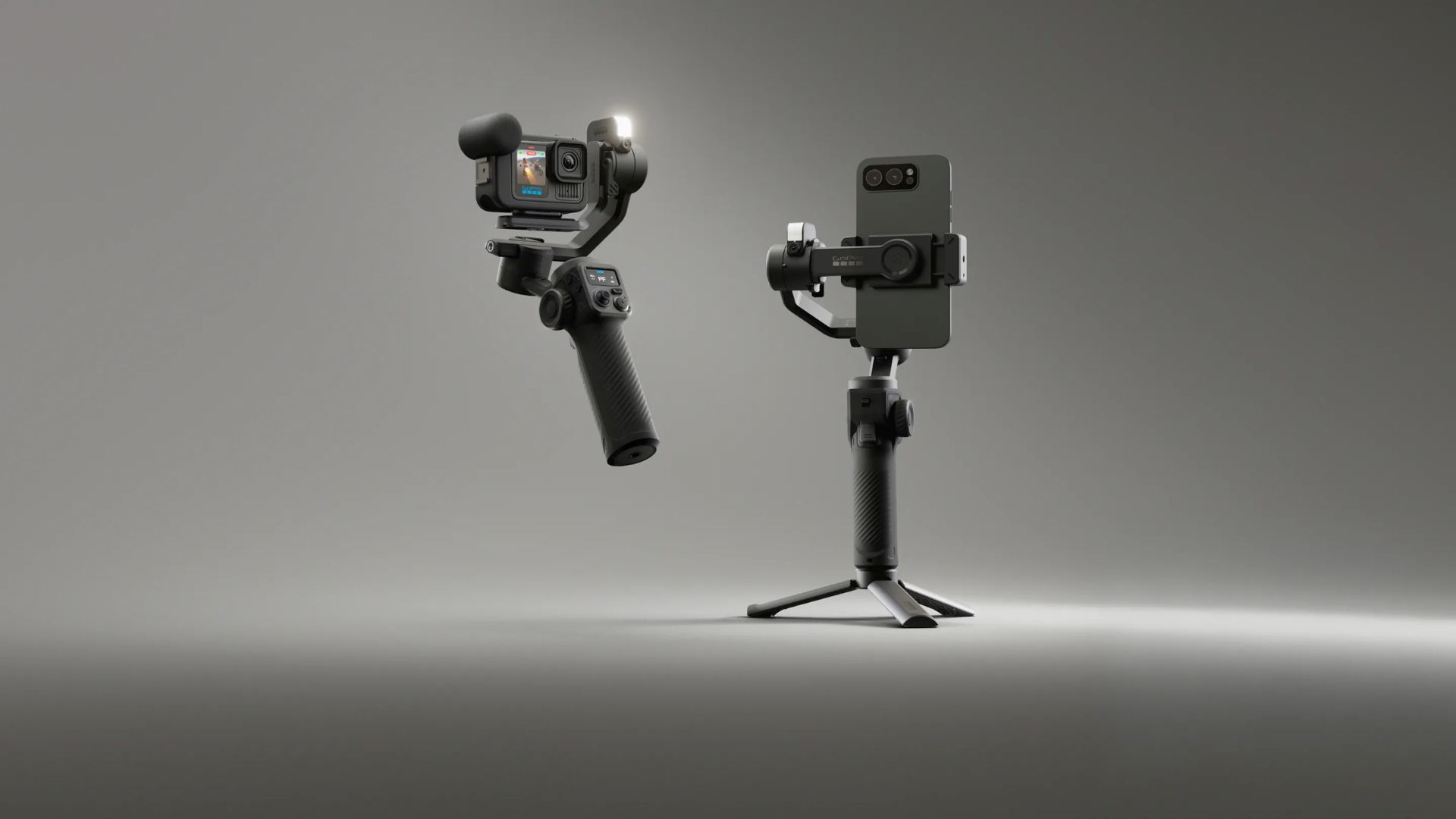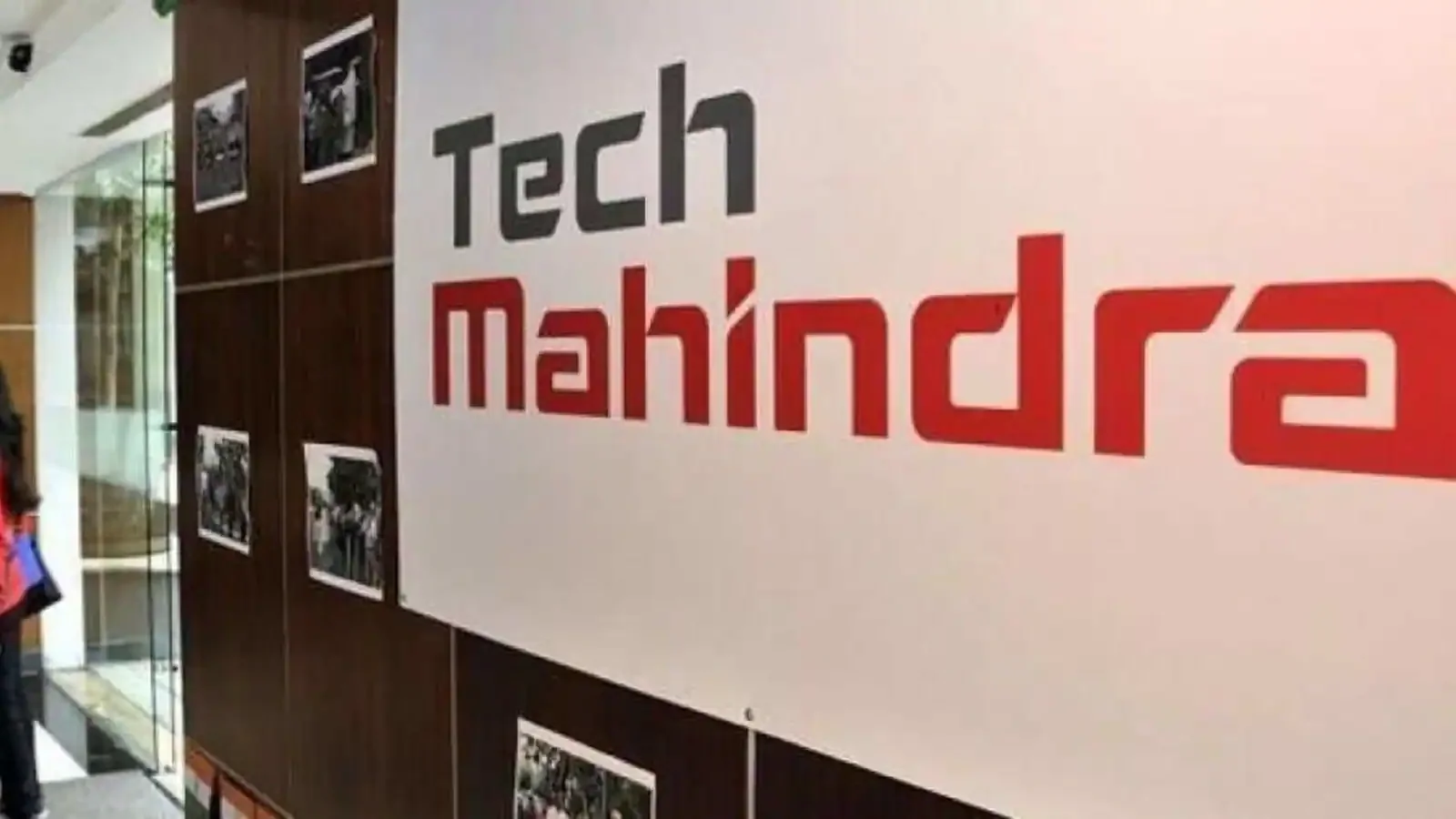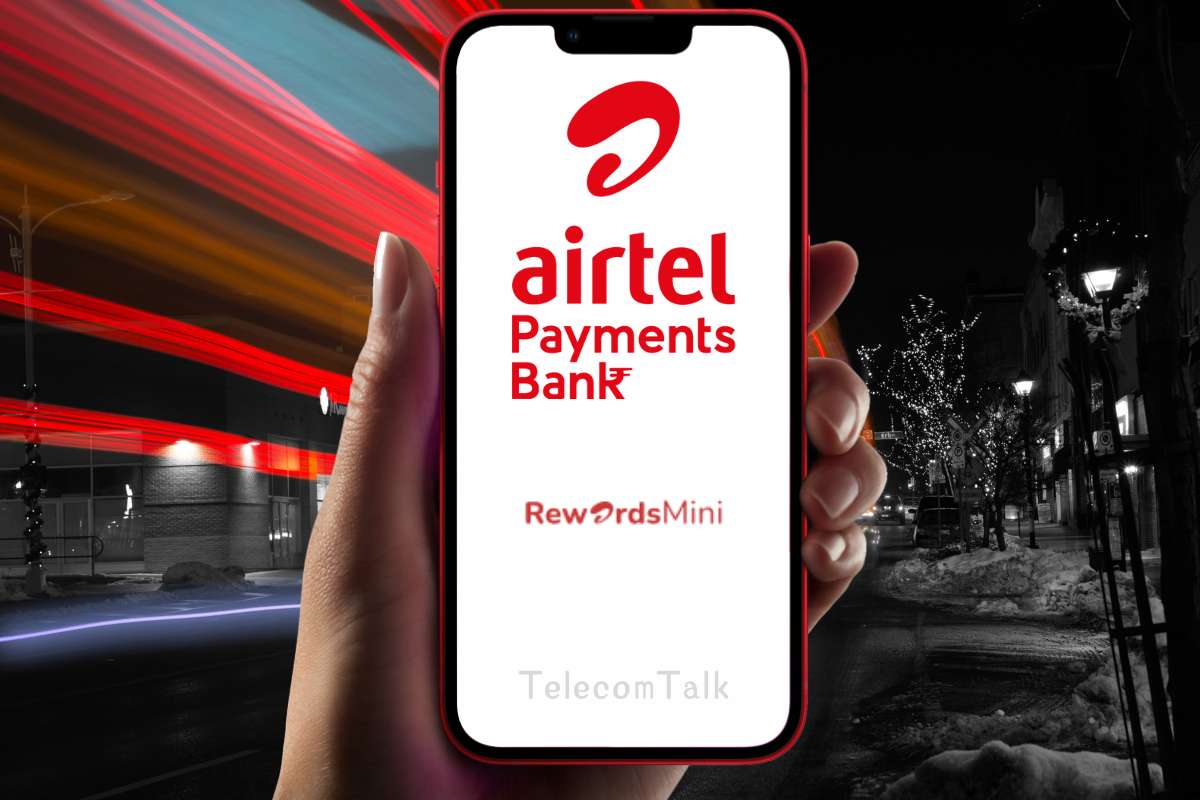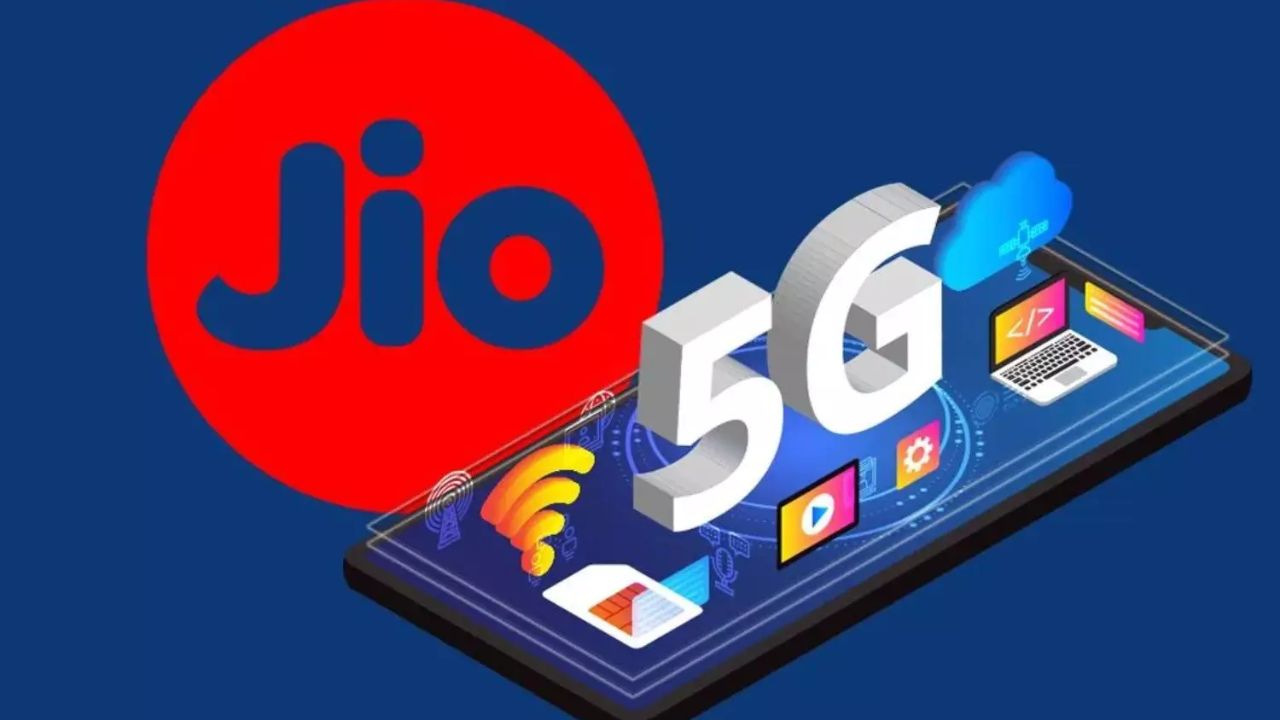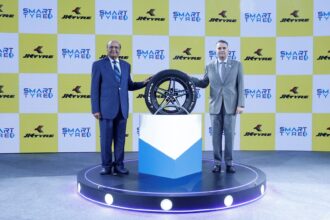In a move that could reshape the landscape of electronics manufacturing in India, global tech brand OnePlus has teamed up with Optiemus Electronics Ltd. (OEL) to begin local production of its Internet of Things (IoT) devices. This partnership, while strategic, also feels like a natural extension of OnePlus’s growing presence in the country—a clear nod to its long-term ambitions here.
Key Highlights:
- OnePlus joins hands with Optiemus Electronics Ltd. (OEL) to locally manufacture IoT devices.
- The initiative kicks off with the OnePlus Bullets Wireless Z3 neckband.
- Expands on existing smartphone production in India.
- Focused on increasing Bill of Materials (BOM) localization.
- Part of OnePlus’s broader “Project Starlight” vision.
- Covers TWS products and wireless neckbands.
Announced on June 18, 2025, this collaboration forms a cornerstone of OnePlus’s “Project Starlight,” which aims to deepen localization across its operations in India. The production is already underway at OEL’s facility in Noida, Uttar Pradesh.
Strengthening “Make in India” Roots
This isn’t just a business deal. It’s a signal—a statement that OnePlus is all in on India. By choosing to manufacture IoT devices locally, the brand is aligning itself more closely with India’s “Make in India” initiative. That means jobs, skill development, and potentially a broader ecosystem of tech manufacturing sprouting up around it.
Robin Liu, CEO of OnePlus India, put it into perspective: “At OnePlus, India has always been at the heart of our journey. Our partnership with OEL to manufacture IoT products locally reflects our strong commitment to Project Starlight. This collaboration is not just about technology—it’s about empowering local communities, creating meaningful innovation, and bringing smarter, more connected experiences to our India community.”
On the other side, Optiemus Electronics, already well-regarded for its extensive capabilities in electronics manufacturing, sees this as a key step forward too. Ashok Gupta, Executive Chairman of the Optiemus Group, shared: “Our collaboration with OnePlus marks a significant step… Together, we will continue to explore new frontiers and remain committed to playing a pivotal role in shaping the future of electronics manufacturing in India.”
Starting with the Bullets Wireless Z3
The first device off the line? The OnePlus Bullets Wireless Z3 neckband. It’s a smart pick, honestly. It’s one of those gadgets that quietly grew into a fan favorite. With its low latency, deep bass, and all-around dependable sound, it’s been appreciated for hitting that sweet spot between quality and affordability. Launching production with something familiar helps ease the transition, and perhaps, lets them iron out any local production kinks early.
Why This Matters
This move isn’t just about building a few neckbands in Noida. It’s about reshaping the supply chain. By increasing BOM-level localization, OnePlus could cut down on imports—which usually means reduced costs and better margins. That often translates into better prices or faster availability for consumers. Or both.
And there’s a bigger picture here too. A localized supply chain gives OnePlus more control and flexibility, something that’s been especially valuable in the wake of global disruptions. So, in a way, this is also about future-proofing.
India: More Than Just a Market
India has always been a key growth driver for OnePlus. But with this move, the country is becoming more than just a market—it’s becoming a cornerstone of the company’s manufacturing strategy. This partnership expands the brand’s local ecosystem beyond just smartphones, inching toward a future where even more OnePlus products, maybe smartwatches or new audio gear, are made in India.
And there’s a hidden advantage to that: feedback loops. Local production often brings companies closer to their customers in real, tangible ways. Faster iterations. More tailored innovations. The kind of benefits that are hard to quantify but easy to feel.
Optiemus Electronics: A Strong Manufacturing Backbone
OEL isn’t just any manufacturing partner. With two advanced production units in Noida and a strong track record, it brings scale, reliability, and technical know-how to the table. It’s not just about assembling parts—they offer a full suite from design to repair. That kind of end-to-end capability makes a difference.
Working with a brand like OnePlus helps validate OEL’s role in India’s tech ecosystem. And it’s likely we’ll see more global brands considering similar partnerships in the future.
The Bullets Wireless Z3 is just the start. As OnePlus ramps up its IoT ambitions, we can probably expect a broader lineup of devices to be made here. Maybe more earbuds, maybe smartwatches, maybe something entirely new. And all of it, potentially, tailored a bit more closely to what Indian users actually want.
From pricing to availability, and from job creation to tech innovation, this partnership could have ripple effects well beyond just OnePlus. It’s another chapter in India’s journey to become a global electronics manufacturing hub.
FAQ
Q1: What is the main objective of the partnership between OnePlus and Optiemus Electronics?
A1: The goal is to locally manufacture IoT devices in India, expanding OnePlus’s domestic production capabilities and strengthening its market presence.
Q2: Which OnePlus product is being manufactured first under this partnership?
A2: The OnePlus Bullets Wireless Z3 neckband.
Q3: Where is the manufacturing facility located?
A3: At Optiemus Electronics’ facility in Noida, Uttar Pradesh.
Q4: How does this partnership benefit OnePlus?
A4: It boosts BOM-level localization, reduces costs, and improves supply chain resilience.
Q5: What else does OnePlus already produce in India?
A5: OnePlus currently manufactures its smartphones in India.
Q6: What is “Project Starlight”?
A6: It’s OnePlus’s initiative to strengthen localization in India.
Q7: What IoT products might be made locally in the future?
A7: TWS earbuds, wireless neckbands, and potentially smartwatches or other connected devices.
Q8: Key features of the Bullets Wireless Z3?
A8: Ultra-low latency, immersive bass, and high audio clarity.
Q9: Who is Robin Liu?
A9: CEO of OnePlus India.
Q10: Who is Ashok Gupta?
A10: Executive Chairman of Optiemus Group.



